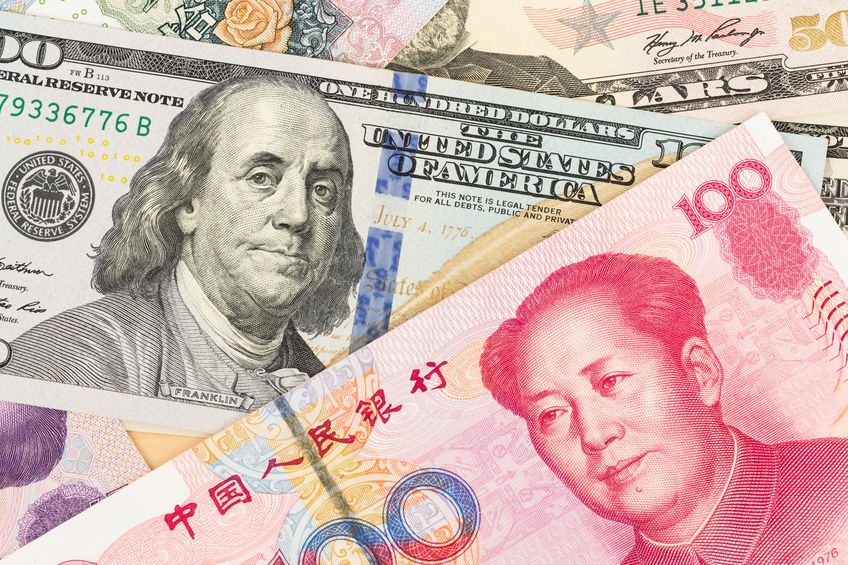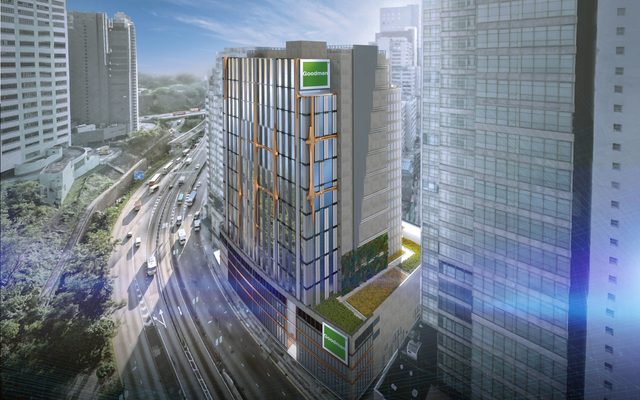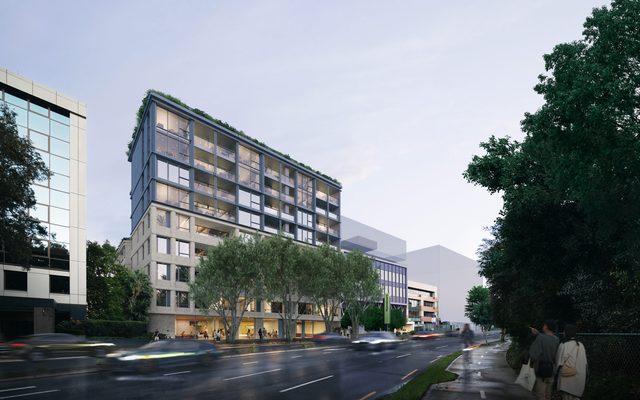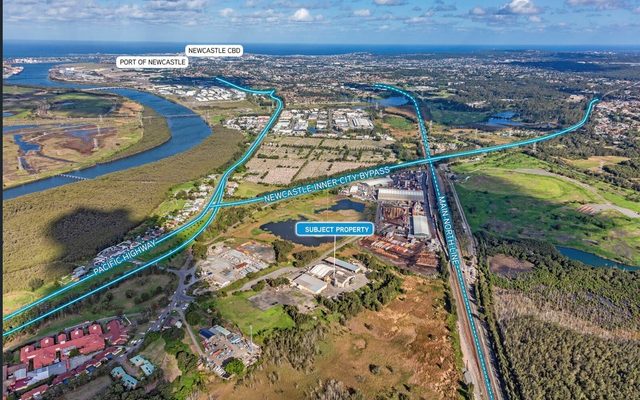This article is from the Australian Property Journal archive
SYDNEY has jumped up to fourth position as a preferred destination for cross-border investment in the Asia Pacific, with a majority of investors intending to make more acquisitions this year.
Tokyo retained its position as the leading cross-border investment destination for the third year running, according CBRE’s annual Asia Pacific Investor Intentions Survey, followed by Shanghai, Singapore and Sydney, which came in eighth last year.
“Sydney’s resurgence has been driven by improving office fundamentals, with declining incentives set to spur effective rental growth,” said Mark Coster, CBRE’s head of capital markets, Pacific.
“An undersupplied logistics sector struggling to meet rising e-commerce demand has been another draw for investors eyeing Sydney investment opportunities.”
Rounding out the top 10 are Beijing, Hong Kong SAR, Seoul, Japan (other regional cities), Ho Chi Minh City and Osaka.
Appetite for acquisitions is strongest among Australian investors – Australian-domiciled investors have a net buying intention of plus-27% – as well as Singaporean (32%), Korean (38%) and Japanese (29%) investors, with 60% overall intending to make more purchases in 2022. China is at just 5%, stemming from a slowdown in the residential sector and the government’s “three red lines” policy that has seen ongoing debt-related difficulties faced by developers such as Evergrande.
Commercial real estate turnover is tipped to increase by five to 10% this year, with Australia being close to the upper end of that range.
Value-add (27%) has regained its status as the most preferred investment strategy, with core plus and core not far behind. Opportunistic is at 19% and distressed assets 7%.
Yields are now at record lows and with rising bond yields, future returns are expected to be driven by rental increases.
“We expect that in search of higher yields, investors will pursue value-add opportunities, such as upgrading older office assets to meet ESG mandates; core-plus investments; or acquiring prime assets with shorter Weighted Average Lease Expiries (WALEs) to negotiate more competitive rents,” Sameer Chopra, CBRE’s head of research, Pacific said.
The heated logistics and industrial market remains the preferred Asia Pacific investment sector at 36%, although interest has softened down from 44% in 2021 as more investors question whether the demand growth seen through the pandemic can be sustained.
More investors have refocused towards office assets, up to 31% from 26%, holding a more optimistic outlook for leasing demand after the introduction of hybrid working was found to have only a negligible impact on office requirements.
There has also been a compression in the yield spread between the two sectors, crunched from about 90 basis points in 2020 to about 40 basis points currently. There has also been a large increase number of investors who expect demand for physical offices to lift by up to 10% over the next three years.
“Anecdotally, in Australia, we’re seeing this amongst tenancies which are sub 5,000 sqm. Small and medium-sized enterprises, alongside government, have been the growth engines of office demand in 2021,” Chopra said.
Data centres continue to lead alternative investments at 41%, while demand for cold-storage (35%) and healthcare (31%) is expected to strengthen further following pandemic-driven structural changes.
Real estate debt has fallen out of favour in this year’s survey, likely due to the situation in China.
ESG in focus
More investors (56%) have already adopted or are integrating environmental, social and governance (ESG) criteria into their investments, including prioritising the purchase of buildings with green certification and retrofitting existing properties to enhance resource efficiency. To finance upgrades for existing properties, developers, REITs and fund managers are increasingly turning to green financing, with Charter Hall, Brookfield and Investa among those.
RICS research shows more than half of property industry participants believe that green and sustainable buildings achieve a rent and a price premium. More than one-third believe that the rent and price premium stands at up to 10%; around 15% judge it to be higher still.
Landlords across the Asia Pacific are beginning to consider environmental, social and corporate governance factors in greater numbers when it comes to their real estate assets as the prospect of a “green penalty” from tenants looms on the horizon.




